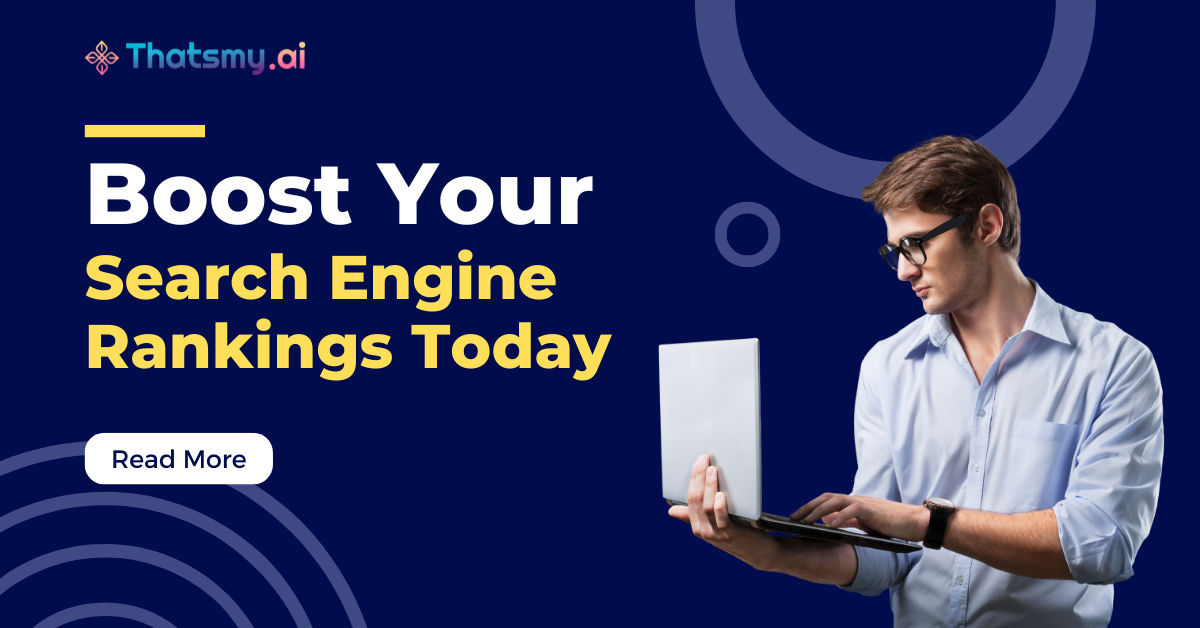Unlock the secrets of search engine rankings. This blog explains how search engines like Google and Bing determine your website's position on Search Engine Results Pages (SERPs). It explains the role of crawlers in indexing your site and the complex algorithms that assess factors such as content relevance, quality, backlinks, and user engagement. The blog also breaks down the components of SERPs, distinguishing between organic and paid results, and highlights features like featured snippets, knowledge panels, and top stories.

Imagine putting your heart and soul into creating amazing content, only to have it buried in the depths of the internet, never to be seen by your target audience.
Frustrating, right?
This is where understanding the mechanics of search engines and SERPs comes into play.
By mastering these concepts, you'll know exactly how to optimize your website to rank higher, bringing in more traffic and potential customers.
Well, this blog will help you give a complete understanding of how search engines like Google and Bing decide the position of each site on the search results page (SERPs).
Because if you have a good and clear understanding of how search engines and Search Engine Results Pages (SERPs) work, you can easily improve their site's visibility and attract more visitors.
By the end of this guide, you’ll have a clear understanding of what it takes to get your website noticed by both search engines and users.
So, let’s start with the basics.
Search engines like Google, Bing, and Yahoo use tiny robots called crawlers or spiders to explore the web.
These crawlers visit websites, read their content, and store the information in a giant database known as an index.
When someone types a query into a search engine, it quickly sifts through its index to find the most relevant results.
This process involves complex algorithms that consider hundreds of factors, such as:
Relevance
Quality of content
Quantity & quality of backlinks
User engagement metrics
Understanding this process is crucial because it allows you to see what the crawlers are looking for.
By providing informative, high-quality content that answers users' questions, you can improve your chances of being indexed and ranked higher in the search results.
When you perform a search, the results page that appears is known as a SERP (Search Engine Results Page).
This page displays a mix of organic and inorganic results.
Organic results are the unpaid listings that appear based on their relevance to the search query.
Inorganic results, on the other hand, are paid advertisements marked with tags like “Ad” or “Sponsored.”
Knowing the difference between these results is essential for developing an effective SEO strategy.
Organic results are achieved through diligent SEO practices, while inorganic results require a budget for pay-per-click (PPC) advertising.
SERPs also include various features like:
Featured snippet
Knowledge card
Knowledge panel
Google Images
Top stories
People also ask
Product Listing Ads
Tweets boxes
Videos
|
Elements of SERPs |
Position |
How to get featured? |
|
Featured snippet |
Positioned at the very top of SERPs |
|
|
Knowledge card |
Typically on the right side of SERP |
|
|
Knowledge panel |
Appears on the right side of SERPs, more detailed than Knowledge Card |
|
|
Google Images |
Usually displayed in a horizontal row in SERP |
|
|
Top stories |
Appears at the top or middle of SERPs with news articles |
|
|
People also ask |
Displayed within the main column of SERPs |
|
|
Product Listing Ads |
Displayed at the top or right side of SERPs for shopping queries |
|
|
Tweets boxes |
Displayed within the main column of SERPs, often near the top |
|
|
Videos |
Usually displayed within the main column of SERPs |
|
These elements can significantly impact your visibility. For example, featured snippets provide direct answers to queries at the top of the SERP, often driving a substantial amount of traffic.
To master SEO, you need to understand how these features work and how to optimize your content to appear in them. By doing so, you can increase your website's visibility and attract more visitors.
Understanding search engines and SERPs is the foundation of any successful SEO strategy.
By knowing how search engines crawl, index, and rank websites, you can optimize your site to meet these criteria and improve your chances of appearing in the top results.
Don't stop here! To truly become an SEO master, you need to dive deeper into keyword research, on-page SEO, technical SEO, and more.
So, if you’re ready to take the next step in your SEO journey? Click here to move on to the next part of this series, where we’ll explore the art and science of keyword research.
Be sure to check out the best AI SEO tools that can make you 10X faster with best results!
Top SEO Keyword Research Strategies Proven to Drive More Organic Traffic
On-Page SEO Simplified: The Only Checklist You Need for Higher Rankings
Technical SEO Essentials: Optimize Like a Pro to Get Higher Ranking
Master Off-Page SEO: Best Tactics for Building Authority & Driving Traffic
Local SEO Hacks: Skyrocketing Your Website Traffic Growth
SEO Metrics That Matter: Measure, Optimize & Grow Your Traffic
Sign up to gain AI-driven insights and tools that set you apart from the crowd. Become the leader you’re meant to be.
Start My AI Journey